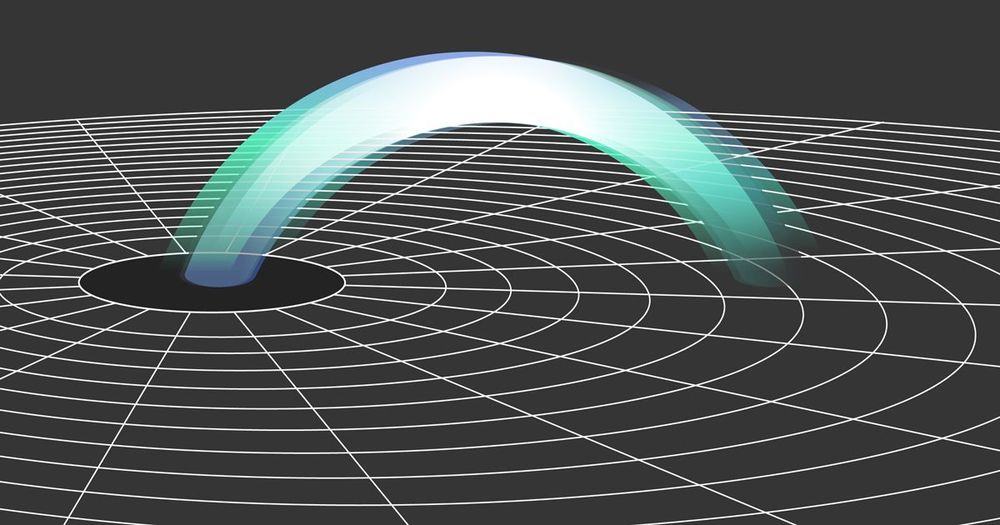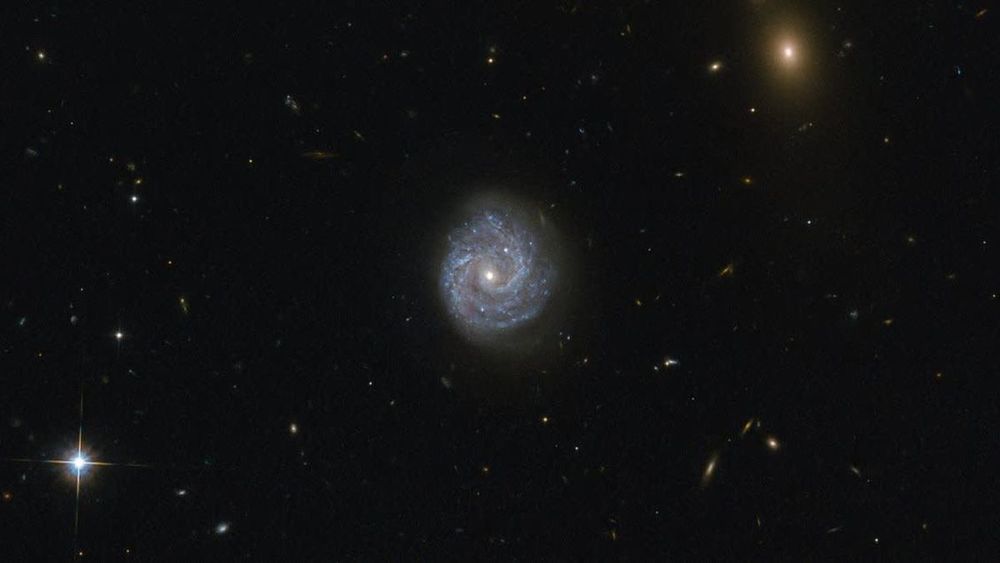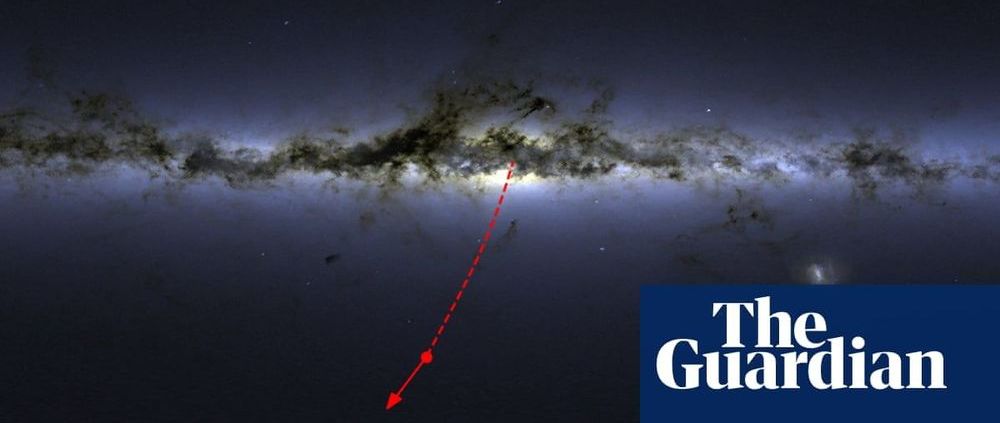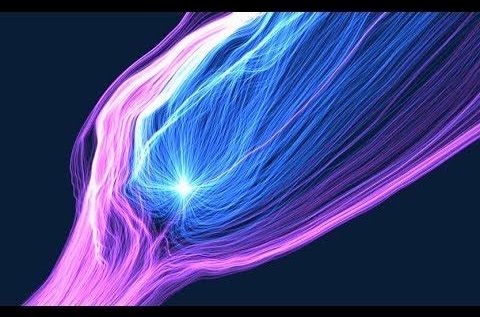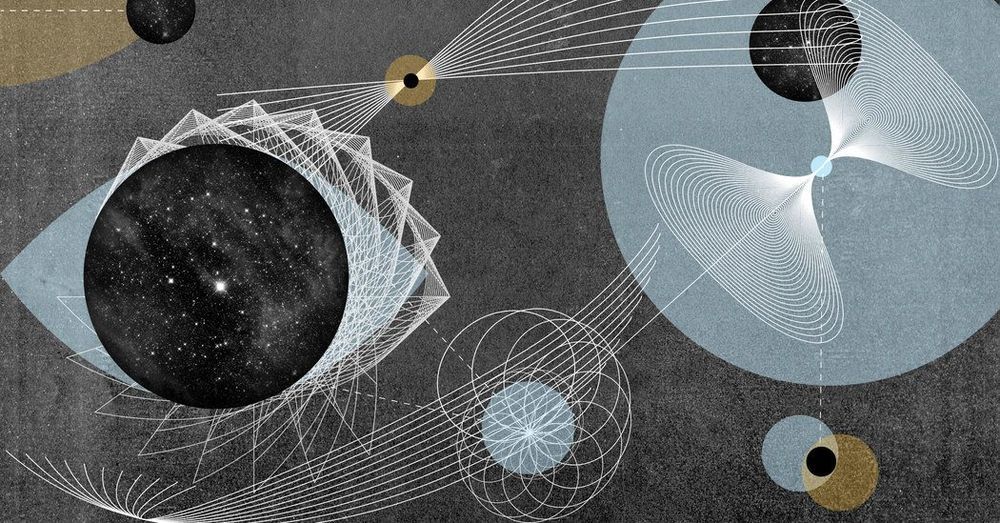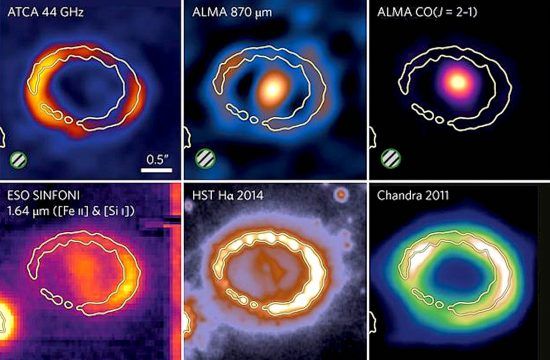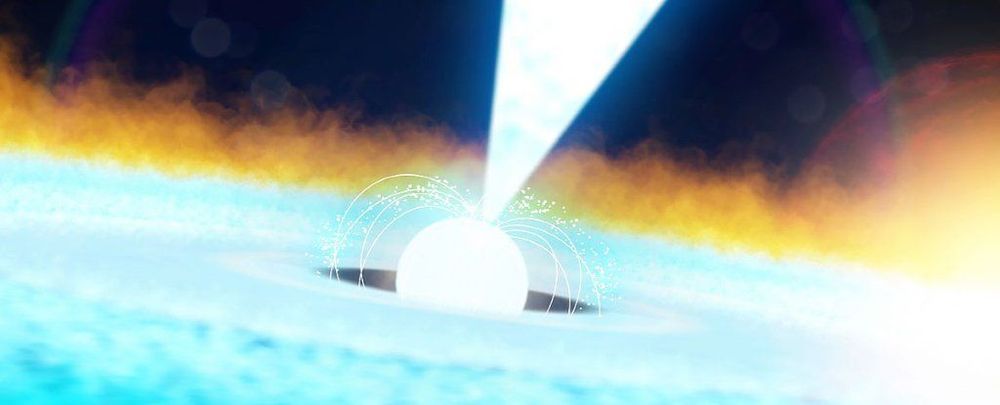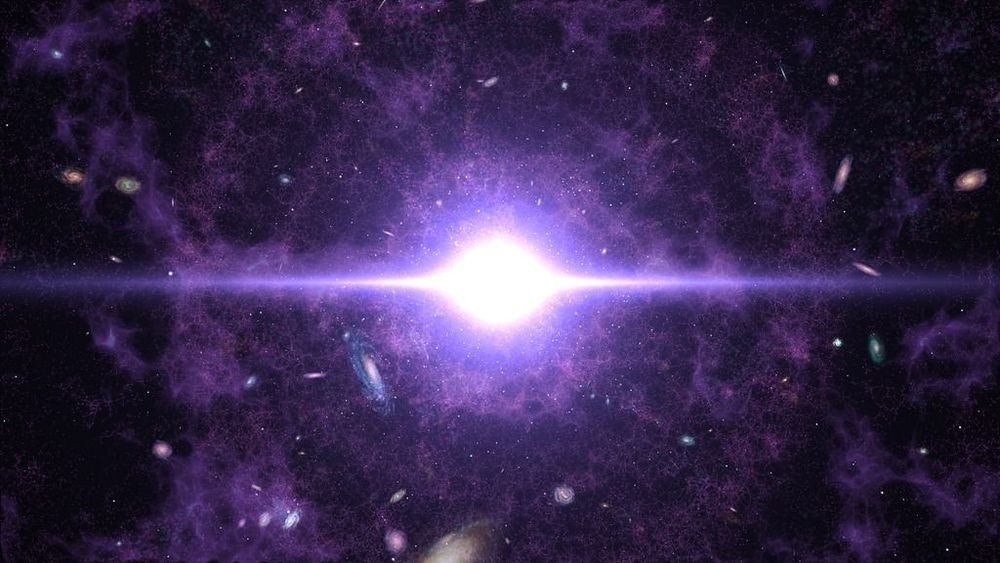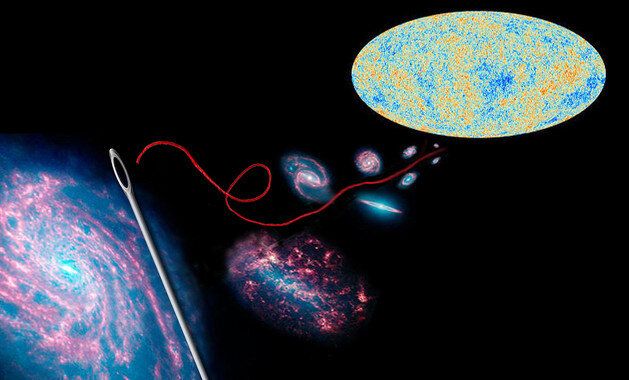
Physicists use two types of measurements to calculate the expansion rate of the universe, but their results do not coincide, which may make it necessary to update the cosmological model. “It’s like trying to thread a cosmic needle,” explains researcher Licia Verde of the University of Barcelona, co-author of an article on the implications of this problem.
More than a hundred scientists met this summer at the Kavli Institute for Theoretical Physics at the University of California (U.S.) to try to clarify what is happening with the discordant data on the expansion rate of the universe, an issue that affects the very origin, evolution and fate of our cosmos. Their conclusions have been published in Nature Astronomy journal.
“The problem lies in the Hubble constant (H0), a parameter which value—it is actually not a constant because it changes with time—indicates how fast the Universe is currently expanding,” points out cosmologist Licia Verde, an ICREA researcher at the Institute of Cosmos Sciences of the University of Barcelona (ICC-UB) and the main author of the article.
